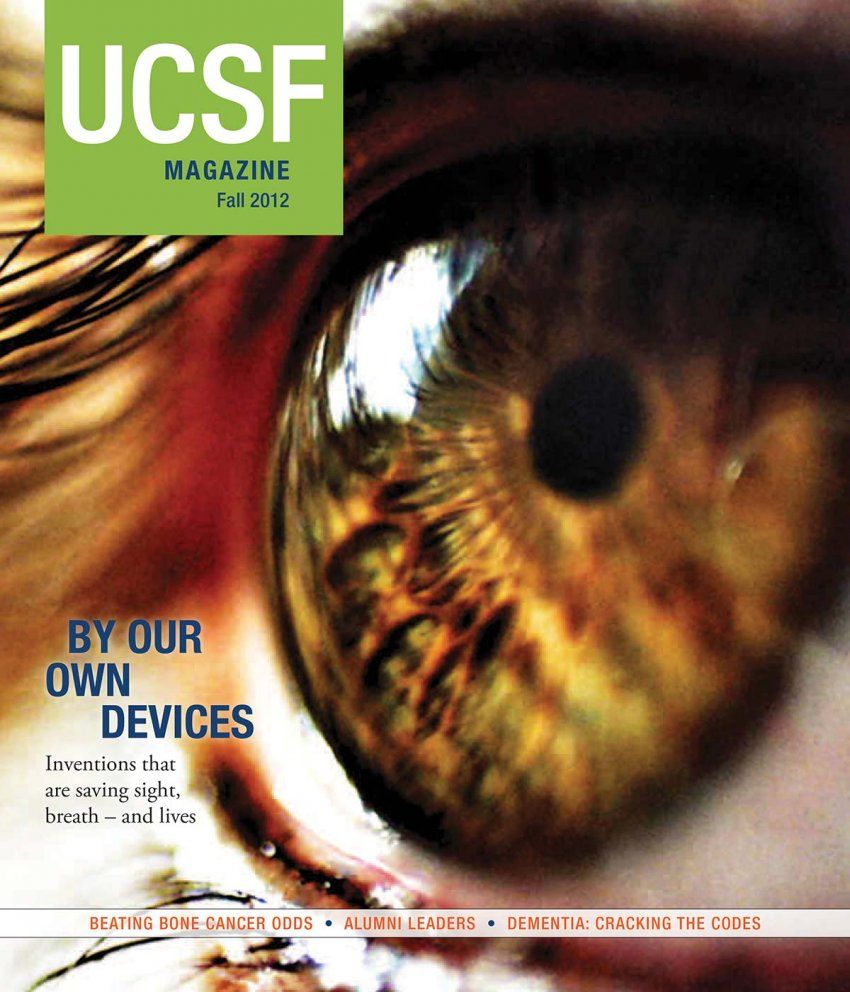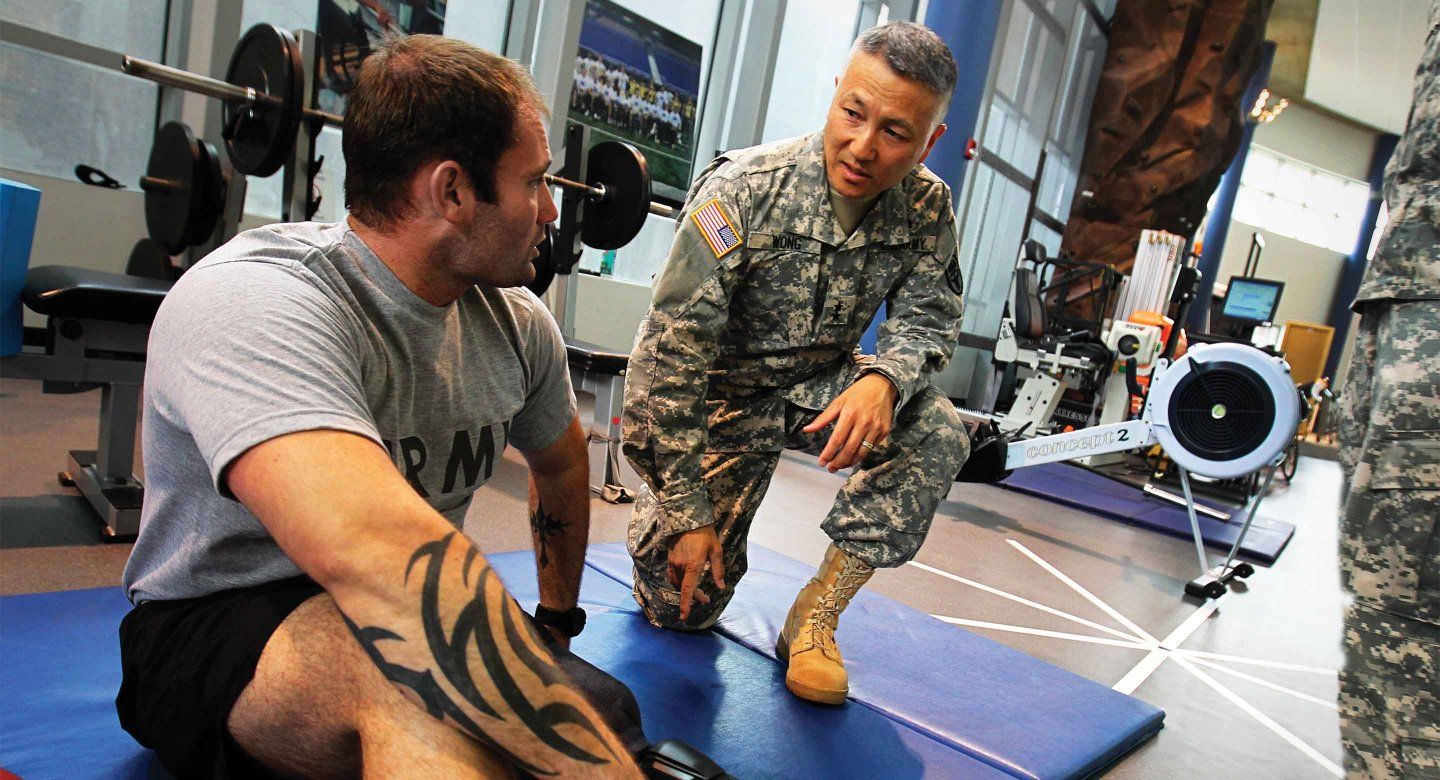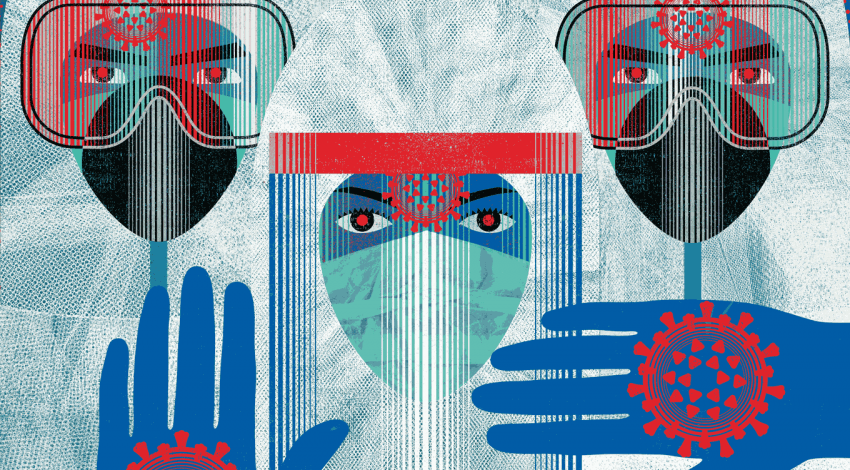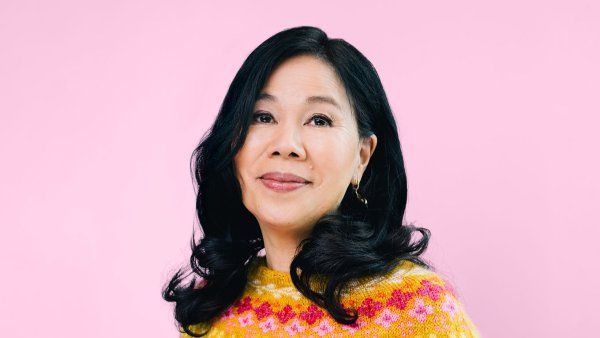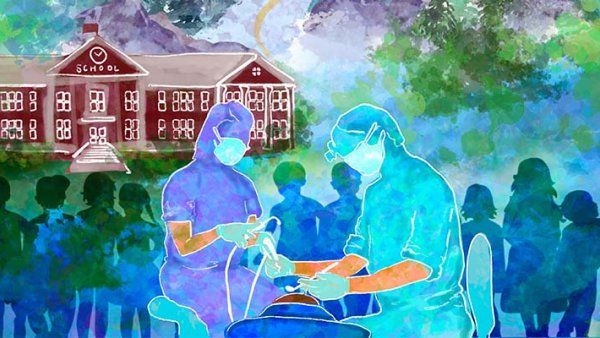
Award-winning scientists, university chancellors, presidents of health care organizations, chief executive officers, deans of colleges, commanding generals: UCSF has a history of producing alumni who become leaders in the health sciences.
Here we highlight four – one each from the schools of dentistry, medicine, nursing, and pharmacy – who are making a difference in the lives of patients around the country and the world.
Sue Currin, RN, MS ’93
CEO, San Francisco General Hospital and Trauma Center
Sue Currin’s first encounter with San Francisco General Hospital and Trauma Center (SFGH) was as a college-age patient – receiving treatment for a stab wound to her hand made by a mugger. Little did she know she’d end up spending most of her career there. And what a career it’s been: last year, as chief executive officer of SFGH, Currin hosted US Department of Health and Human Services Secretary Kathleen Sebelius, who called SFGH a model for providing better care at lower costs to patients.

Sue Currin, RN, MS, is chief executive officer at the UCSF-affiliated San Francisco General Hospital and Trauma Center. Photo: Elisabeth Fall
As a public hospital, SFGH’s mission is to provide quality health care and trauma services with compassion and respect. It’s a level 1 trauma center – the only trauma center in the City and County of San Francisco – and the area’s sole provider of psychiatric emergency services. With 598 licensed beds, SFGH supplies 20 percent of the city’s inpatient care and treats 102,000 patients per year. Forty percent have Medi-Cal, 22 percent have Medicare, and almost all of the rest are underinsured or uninsured. Each of the hospital’s physicians is also a faculty member at the UCSF School of Medicine.
Everything Currin and the SFGH staff do is focused on putting patients first.
The hospital’s video medical interpretation system is a prime example. More than 20 languages are spoken at SFGH on any given day, so interpreters visually join the patients who require their services, and their care providers, in a room via computer monitor. Improving on telephone interpretation, video allows for interpretation of body language; plus, the program eliminates travel time and saves costs by sharing interpreters with Alameda County.
Patients were also top priority when creating the new, seismically safe SFGH currently under construction. Set to open in 2015, the facility was designed with input from physicians, nurses, social workers, and therapists. Among their key requests: install a handrail to guide patients from bed to bathroom, reducing the high incidence of injury that occurs in that short distance; configure each room the same way, so in an emergency nurses and physicians won’t get disoriented and can focus their full attention on the patient; and design adaptable rooms to decrease the need to move patients between medical-surgical, intermediate, and critical care.
Currin and her team recently completed a five-year strategic plan, shifting the hospital’s vision from building a new facility, since it’s now underway, to advancing community wellness. “It’s not about having more patients in beds; it’s about keeping them out of beds,” she says.
It’s not about having more patients in beds; it’s about keeping them out of beds.”
To that end, SFGH has developed a wellness program, including exercise classes, a smoking cessation program, cooking demonstrations, and increased vegetarian options on hospital menus.
Soon after Currin’s first experience as a patient at SFGH, she earned her nursing degree and became a staff nurse at the hospital. Several years and a promotion later, she realized that to be able to do more for her patients, she needed to return to school. She decided on the UCSF School of Nursing for her master’s degree.
“I could have gone to other nursing schools, but UCSF was really the best,” Currin reflects. “They had great professors and mentors that really inspired a whole generation of nurses. If you look at the alumni, a lot of them have become leaders.”
Including Currin. MS degree in hand, she returned to SFGH; 16 years later, in 2009, she was appointed CEO.
“I have to say, being CEO is better than I could ever have thought,” she says. “Especially a nurse and CEO – I’m able to influence the priorities for the whole organization and have a voice at the table in the San Francisco Department of Public Health. I can keep people focused on what’s right for patients and impact an entire community.”
Kathleen Kennedy, PharmD ’78
Dean, Xavier University of Louisiana College of Pharmacy
If it weren’t for UCSF School of Pharmacy’s minority recruitment program, Kathleen Kennedy might never have entered the school. If it weren’t for then professor, now dean emeritus Mary Anne Koda-Kimble, PharmD ’69, suggesting that Kennedy would make a good teacher, she might never have considered a career in academia.
And if it weren’t for a talk at UCSF about health disparities by a professor from Xavier University of Louisiana College of Pharmacy, she might never have applied for a faculty position there. Now, thanks to all of those circumstances, Kennedy finds herself dean of that same college.
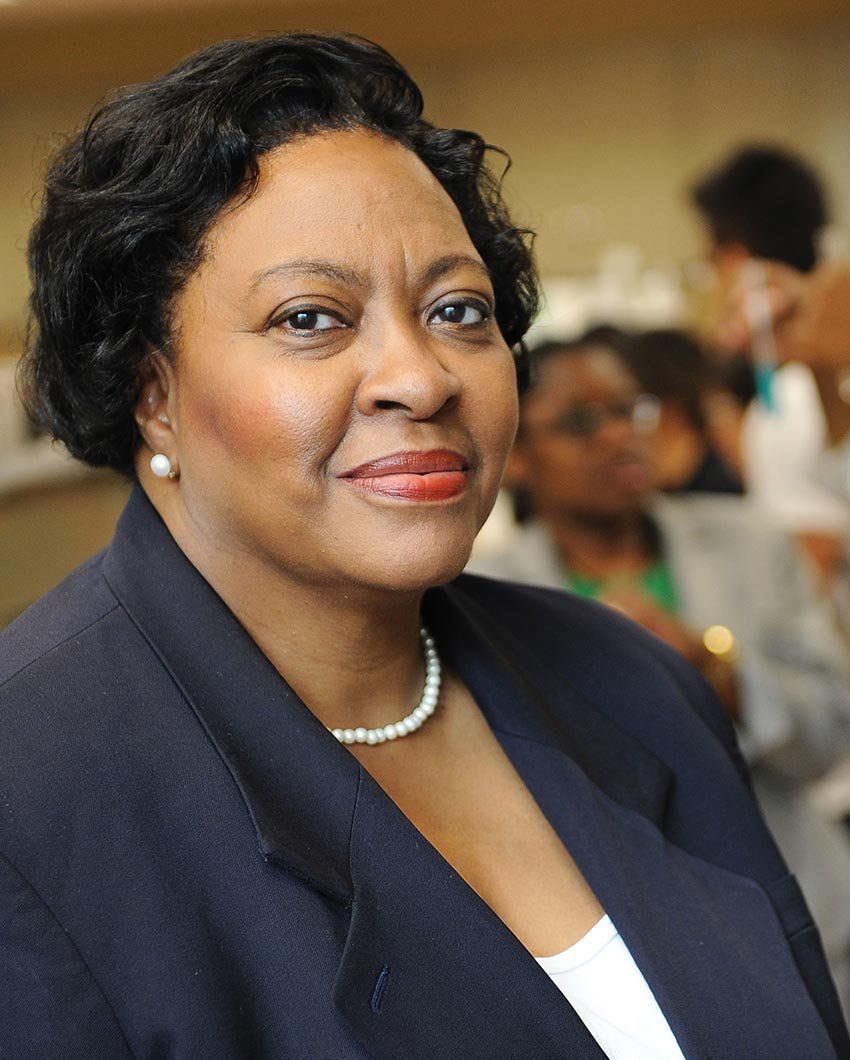
Kathleen Kennedy, PharmD, is dean at Xavier Univesrity of Louisiana College of Pharmacy. Photo: Cheryl Gerber
Xavier University of Louisiana is a historically black school in New Orleans. The mission of its College of Pharmacy is to prepare pharmacists to impact the medically underserved, particularly the African American community, in an effort to eliminate health disparities through patient-centered care, community service, and scholarly work. It offers just the PharmD degree and counts more than 600 students in its program. Students in the class of 2014 are highly representative of the underserved populations many will go on to support: 38 percent are African American, 34 percent Asian, 22 percent Caucasian, 2 percent Hispanic, and 3 percent other.
Drawing on her residency experience at UCSF, the school that pioneered clinical pharmacy, Kennedy established a clinical pharmacy program at Xavier. “The concept of clinical pharmacy was entirely foreign to the South, so the first time I showed up for rounds, the physicians asked, ‘Why are you here?’” remembers the Tennessee native.
This confusion persists today, and Kennedy considers it part of her mission to communicate about and demonstrate the role pharmacists can play in improving patients’ health outcomes. She’s particularly interested in underserved minorities and has worked to improve their health outcomes, partly by teaching cultural competence – the ability to interact effectively with people of different cultures. “If you can’t relate to your patients, you’re wasting your time,” she explains.
When Kennedy was named associate dean at Xavier in 2002, she helped establish the Center for Minority Health and Health Disparities Research and Education. It focuses on diabetes, asthma and cancer. “We have pharmacists in a lot of the clinics in underserved areas,” she says. “They’re making a big impact, because, for example, when a physician sees a patient who doesn’t control his diabetes, the pharmacist can show him how to use a glucometer.”
In 2007, through the federal funding Xavier receives to support the center, Kennedy organized the first annual national conference on health disparities. It was designed for mid-level health care professionals, and she intended it to be a place where they can share knowledge – with the goal of impacting policy and changing behaviors to improve minority health outcomes.
Last year, Kennedy’s career-long effort to encourage outstanding pharmaceutical care and training within a cultural context resulted in one of pharmacy’s highest honors: the Rufus A. Lyman Award, presented to her by the American Association of Colleges of Pharmacy (AACP) for her publication on students’ perceived level of cultural competence to guide curriculum development.
If you can’t relate to your patients, you’re wasting your time.”
To improve her own professional outcomes, Kennedy completed the Management Development Program at Harvard University’s Graduate School of Education in 2004 and the Leadership Fellows Program with AACP in 2006. She was appointed interim dean of Xavier’s College of Pharmacy in 2009 and was named dean in 2010.
Kennedy never imagined that one day she’d hold her current position. “I thought all deans did was shake hands and raise money,” she says. “Then I saw that it was so much more than that. It’s about getting to set the direction for the college.”
Matthew Spitzer, MD, Resident Alum
Immediate Past President, Médecins Sans Frontières/Doctors Without Borders – USA
Upon graduating from Cornell University Medical College (now Weill Cornell) in 1995, Matthew Spitzer was excited – and driven – to start his residency. He matched at UCSF for the family medicine program at San Francisco General Hospital and Trauma Center (SFGH). “It has an extremely diverse and mostly underserved patient population,” Spitzer says – and treating underserved patients was his motivation for pursuing a career in medicine.
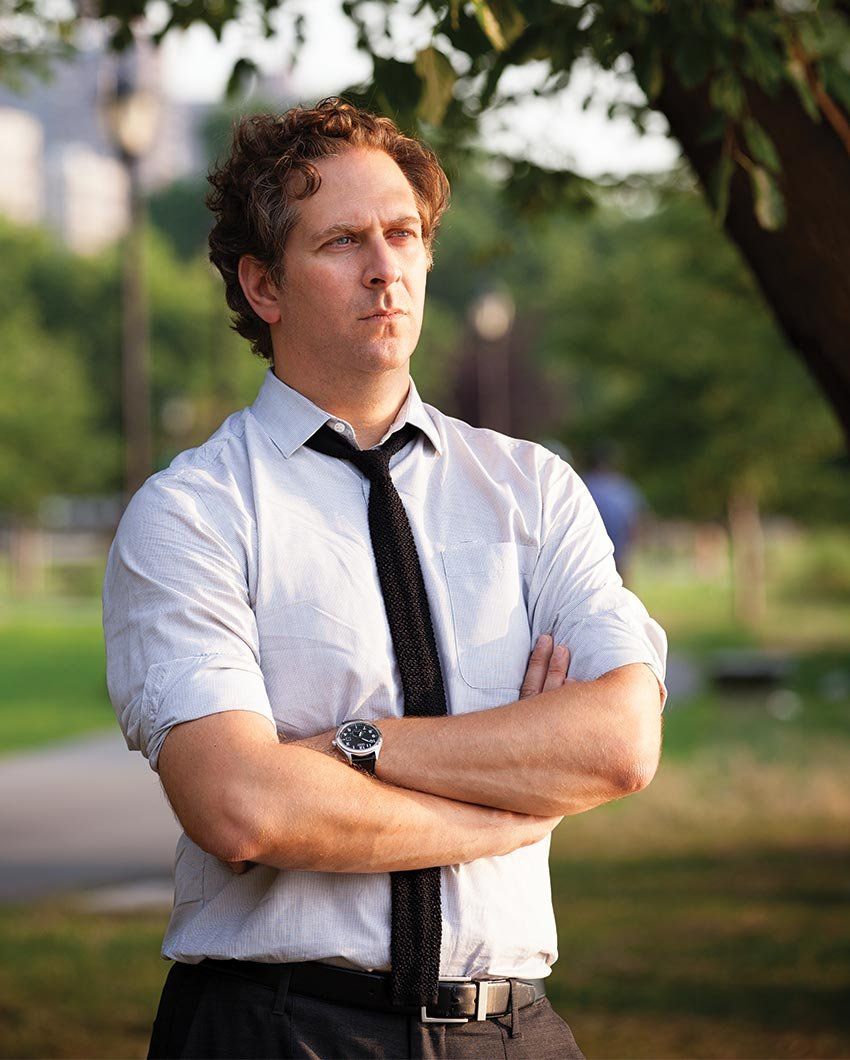
Matthew Spitzer, MD, is immediate past president of Doctors Without Borders, USA. Photo: Jenica Miller
SFGH proved to be the perfect training ground for Spitzer’s later work with Médecins Sans Frontières (MSF)/Doctors Without Borders. “I thought the General was amazing,” he recalls. “The staff is so incredibly motivated and connected to the patients.”
MSF delivers emergency and urgent medical care to people affected by armed conflict, epidemics, health care exclusion, and natural or man-made disasters – providing this care irrespective of race, religion, gender, or political affiliation. Founded in 1971, it works in nearly 60 countries and has more than 25,000 people in the field.
In 1999, after completing his training and practicing in California for a year, Spitzer received his first MSF assignment: Khampa Tibet, southwestern China. The remote rural area had suffered from severe frost, food shortages, and an almost complete collapse of basic health care. His job was to establish primary care services and train local medical providers. In one situation, he treated a woman who still had not passed her placenta two days after giving birth. “To be present for those in need – I see this as fundamental to what it means to be a doctor,” he says.
Many more lifesaving assignments awaited Spitzer. In 2001, he transitioned to MSF-USA, exploring the medical needs of asylum-seekers detained by immigration authorities in the New York area. He returned to the international field in 2002, serving in Moyamba, Sierra Leone, soon after that country’s civil war ended. But war in neighboring Liberia had just erupted, and refugees poured across the border.
Before MSF arrived, the huge district of 500,000 people had only two doctors. Spitzer’s team included seven MSF staff and 120 local staff for the district hospital and Taiama refugee camp, where they fought intense endemic malaria and severe acute malnutrition, among other tropical and common childhood diseases. His last field assignment to date was in 2007 in Kampong Cham, Cambodia, where he coordinated an emergency response to epidemic dengue. In between missions, Spitzer worked at St. Anthony Free Clinic in San Francisco’s Tenderloin neighborhood.
To be present for those in need – I see this as fundamental to what it means to be a doctor.”
In 2006, Spitzer’s broad MSF experience led to his election to the MSF-USA board of directors; two years later, he was elected board president. In addition to chairing the board, Spitzer played a key role in developing new bylaws to strengthen the international association’s effectiveness, opening it up to new people and voices – especially from the countries in which MSF works. He also worked tirelessly as a political and medical advocate for the patients and populations MSF serves.
Just this summer, Spitzer stepped down as president, following the organization’s practice of regular renewal of leadership. Now based in New York City, he’s a faculty member at Columbia University’s Center for Family and Community Medicine, seeing patients and teaching students and residents at the Farrell Family Health Center and Allen Hospital in upper Manhattan. And he is thinking about what to do next.
Ted Wong, DDS ’84
Commanding General, Southern Regional Medical Command; Commanding General, Brooke Army Medical Center; Deputy Director, San Antonio Military Health System; 26th Chief, US Army Dental Corps
On Ted Wong’s first tour with the Army in Stuttgart, Germany, his commander approached him and said, “There’s a dental clinic nearby with an officer-in-charge position open; would you like it?” Wong remembers, “I thought he was actually asking me, so I told him I’d like to talk about it with my wife. After a pregnant pause, I realized he wasn’t asking me – he was telling me. From that moment, I learned when I’m asked, ‘Would you like to do this,’ just to say, ‘If I was king of the world, there’s nothing I’d like more.’”
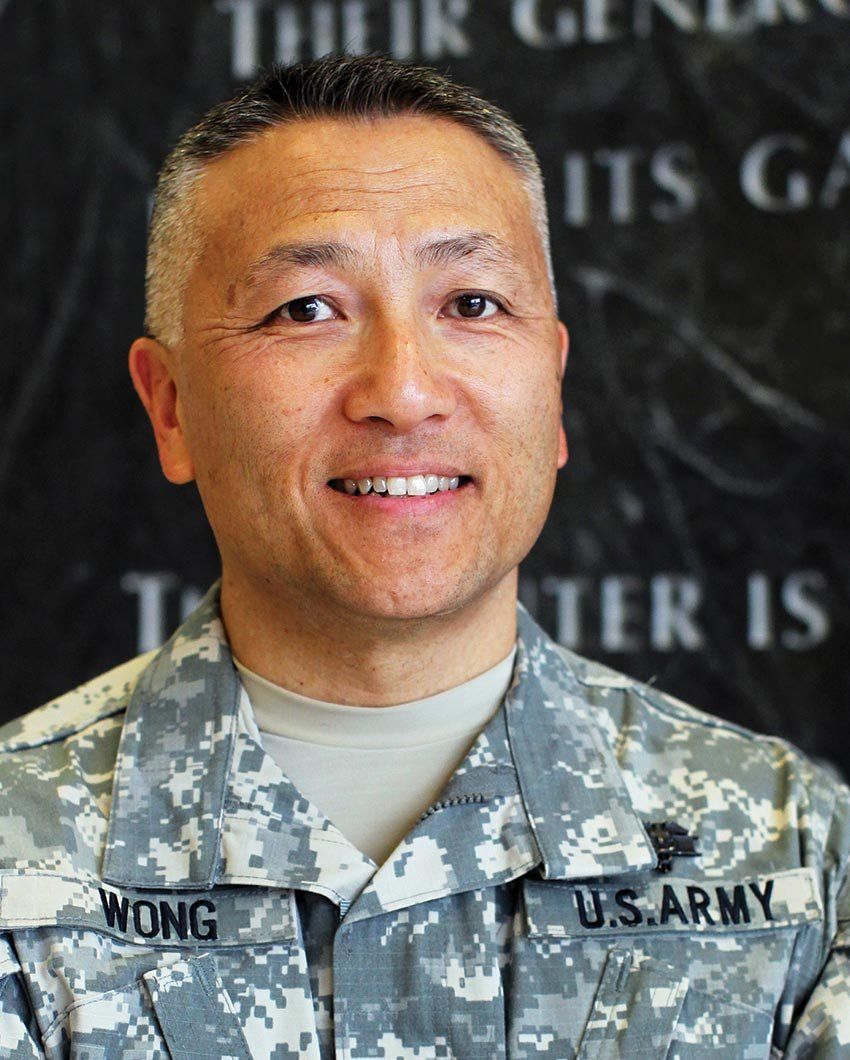
Maj. Gen. Ted Wong, DDS, a UCSF School of Dentistry graduate, checks in with a patient using the Intrepid Dynamic Exoskeletal Orthosis – an indispensible rehabilitation technology developed at one of the medical centers under his command. Photo: Jennifer Whitney
That can-do attitude has propelled Wong from running a single dental clinic to leading three Army tertiary care and academic medical centers, six community hospitals, two community health centers, 38 health clinics, the largest hospital in the Department of Defense – and more.
It’s all part of his vast scope of responsibility as commanding general of both the US Army’s Southern Regional Medical Command and Brooke Army Medical Center in San Antonio, Texas; deputy director of the San Antonio Military Health System; and chief of the US Army Dental Corps.
“My job is to make sure that everybody else can do their jobs,” Wong says. “To make sure they have the resources, personnel, equipment, and policies to perform effectively and efficiently, so we can provide the best quality care to our men and women in uniform.”
To meet this objective, Wong is overseeing innovation on every front. For example, one piece of equipment developed at Brooke Army Medical Center is quickly becoming indispensable: the Intrepid Dynamic Exoskeletal Orthosis (IDEO). It was designed at the facility’s Center for the Intrepid, world-renowned for treating and rehabilitating soldiers with traumatic limb injuries and severe burns. An energy-storing orthopedic device made from carbon and fiberglass, the IDEO allows patients – who couldn’t previously stand or walk due to lower leg injuries – to run again. This means a wounded soldier can return to his or her unit rather than face a medical discharge, Wong explains. And as deputy director of the San Antonio Military Health System, Wong is partnering with the local US Air Force medical services to develop a high-performing, integrated military health organization.
When not leading medical centers, Wong establishes professional standards and policies for the US Army Dental Corps. As chief, he also advises the surgeon general and the Army’s chief of staff on all dentistry matters and the dental health of the Army.
It’s been great to serve with dedicated professionals who provide care to the most deserving patients in the world.”
After graduating from UCSF in 1984, Wong joined the Army and practiced general dentistry for several years. Later he specialized in prosthodontics through an Army residency program. Eventually he was encouraged to move into management and found himself in increasingly higher levels of leadership. He earned two master’s degrees – one in health care administration from Baylor University and another in strategic studies from the US Army War College – while completing tours across the world. In all, he moved with his wife and three children 15 times in 28 years to places like Oklahoma, Germany, Arizona, Hawaii, Korea, California, Pennsylvania, Texas, and Washington, DC.
Now that he’s reached what he considers the pinnacle of his Army career, Wong is preparing to retire from the service in 2014. “It’s a credit to the UCSF School of Dentistry and my parents that I was provided with the moral foundation, education, knowledge, and skills that enabled me to be as successful as I’ve been in the Army,” he reflects. “It’s been great being able to serve in two professions – arms and dentistry. And to serve with dedicated and talented professionals who provide care to the most deserving patients in the world.”
